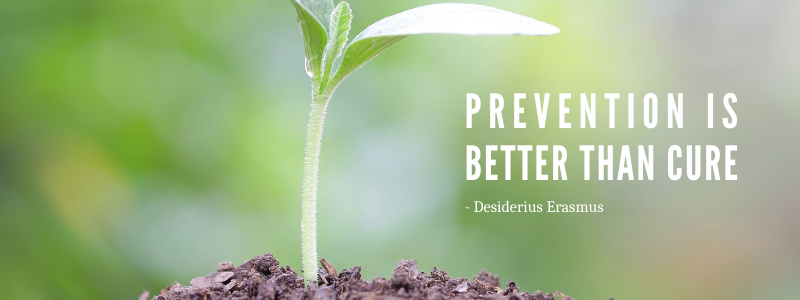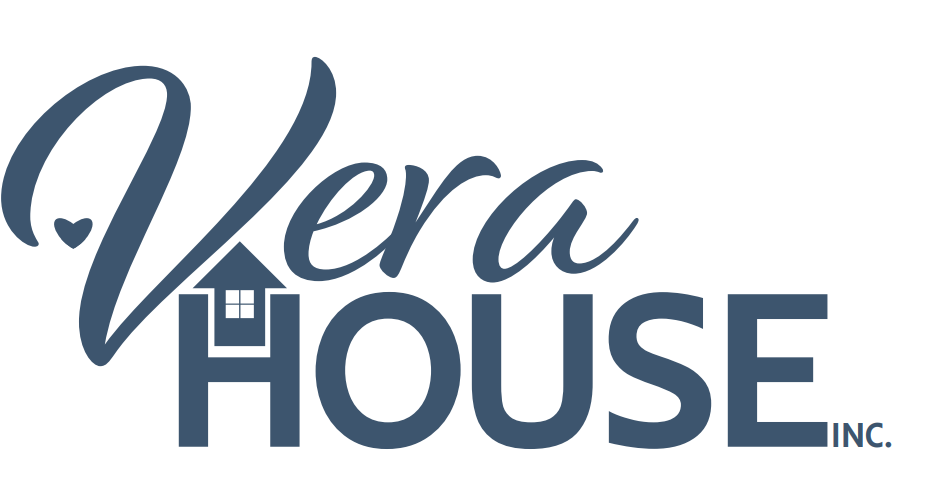Primary Prevention

What is Primary Prevention?
Simply put, primary prevention of domestic violence, sexual violence or elder abuse is defined as preventing violence before it happens. In reality, this is not at all simple! Primary prevention is deep social change work that dismantles the harmful norms, systems and structures of our society and culture, and replaces them with positive, healthy ones instead. Dismantling the norms, systems and structures that support domestic violence, sexual violence or elder abuse includes dismantling all forms of oppression such as racism, heterosexism, ableism, ageism, etc.
Why is Primary Prevention Important?
Vera House’s vision is “A world free of violence and abuse.” Achieving this vision is impossible if we do not focus on primary prevention. A world free of violence and abuse will never be achieved by responding to violence after it has already occurred. Actions such as sheltering people, having the criminal justice system respond, or referring to intervention services such as Adult Protective Services are all responses that take place after someone has already been hurt or harmed.
Primary prevention seeks to reduce the likelihood that someone will become a victim or perpetrator of domestic violence, sexual violence or elder abuse. While anyone can commit or experience domestic or sexual violence, we know that there are factors that increase risk of perpetration or victimization (risk factors), and factors that decrease risk (protective factors). So, when engaging in primary prevention work, we do things that lessen risk factors and increase protective factors.
Examples of Primary Prevention Work at Vera House
- Men of Strength Club – Addresses risk factors of hyper-masculinity, norms of male superiority. Promotes protective factors of connection to school and caring adults, affiliation with pro-social peers, emotional health.
- Youth Education – Addresses risk factors and root causes of abusive behavior. Promotes protective factors of open communication, consent, personal safety planning, and bystander intervention.
How can you help us create a world free of violence & abuse?
- Engage in any of our primary prevention programs
- Challenge social norms that support domestic violence, sexual violence or elder abuse. Promote healthy and positive norms. Do this in your personal life, professional life or even on your social media.
- Sign our pledge

24-Hour Support Line